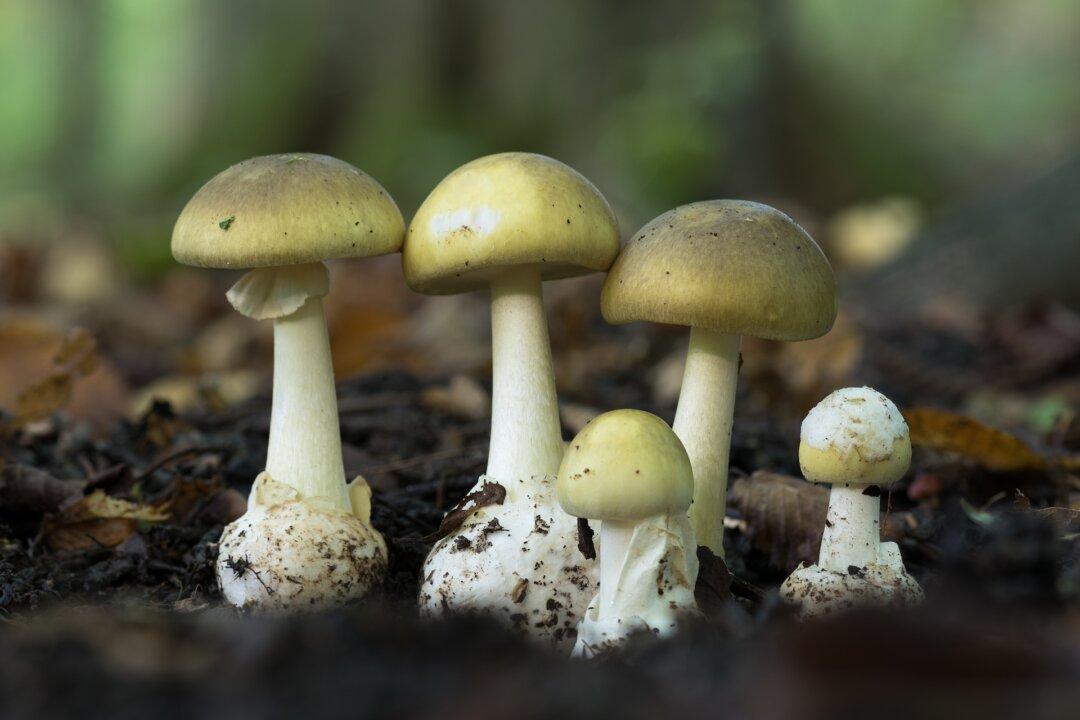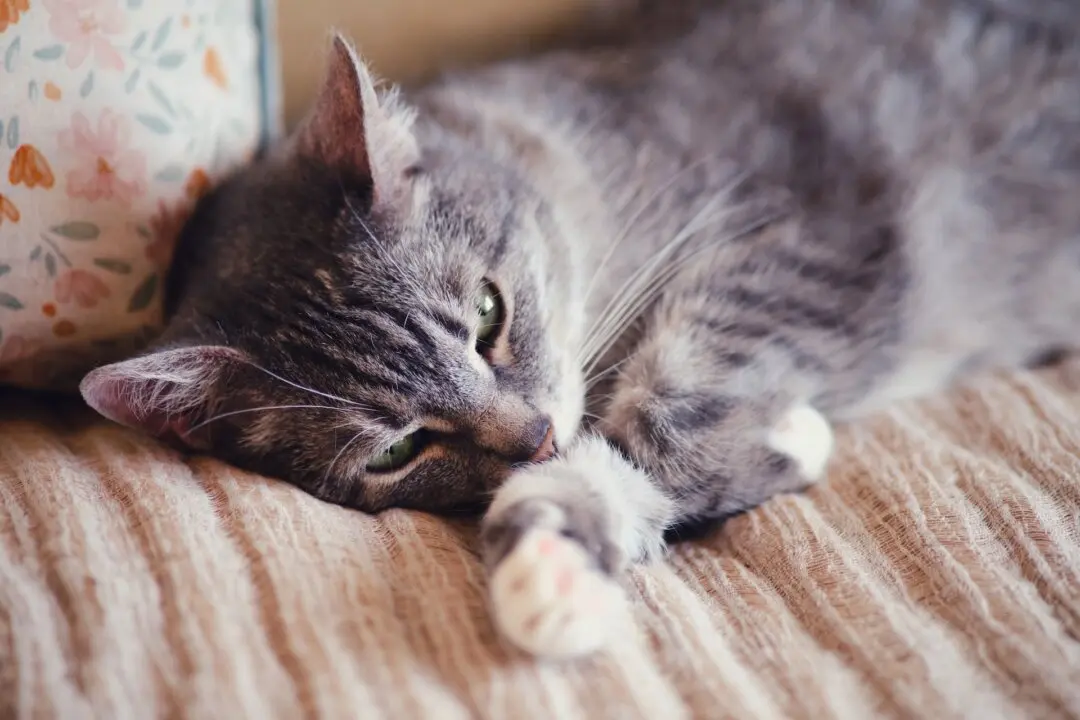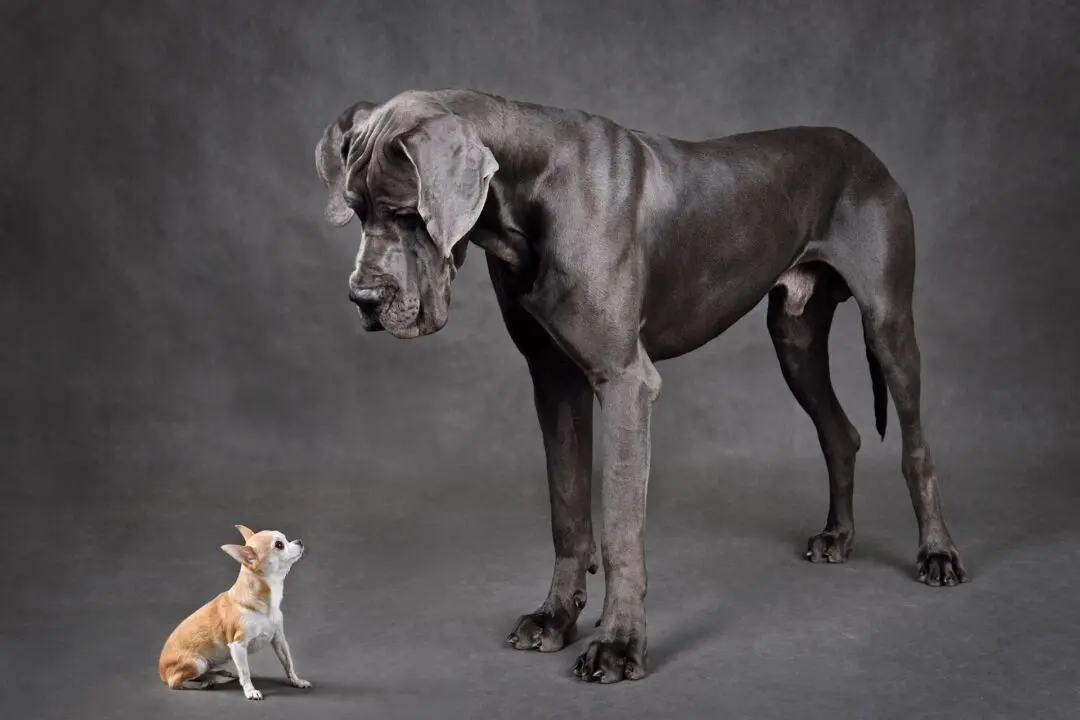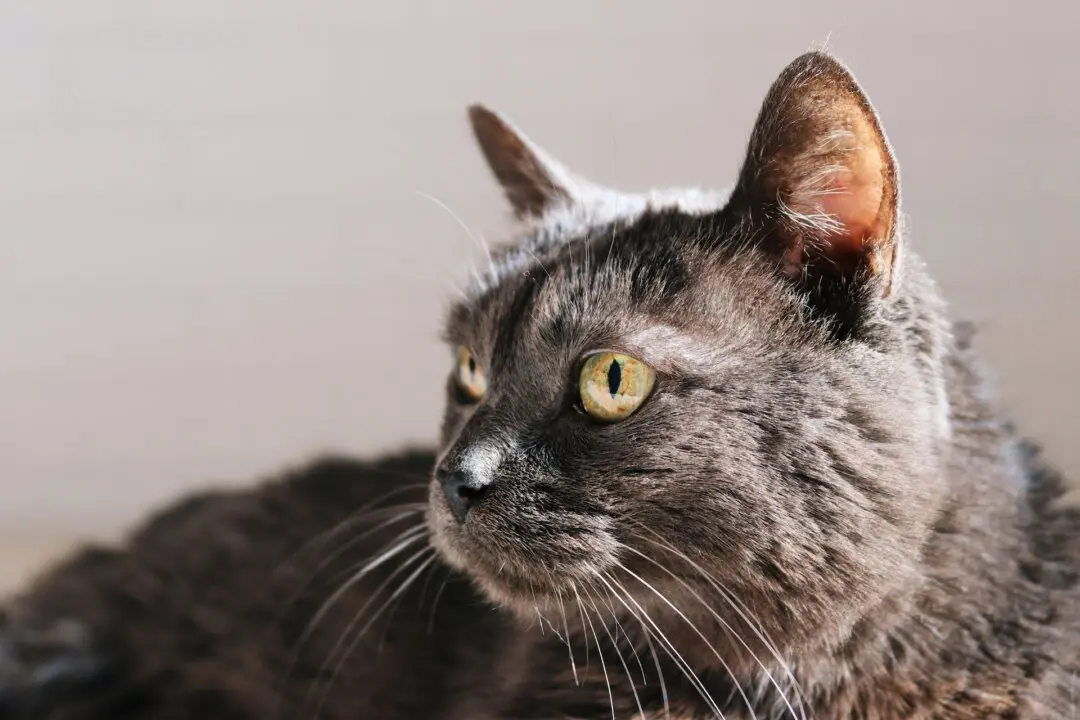Q: We’ve had a lot of rain this year, and our yard is filled with a variety of mushrooms. How can we identify those that could poison our dogs, and how will we know if our dogs ate them?
A: Animal poison control specialists are receiving twice as many calls about mushroom poisoning this year as last. That’s frightening because toxic mushrooms grow throughout the United States during all seasons of the year, popping up quickly in moist areas.





